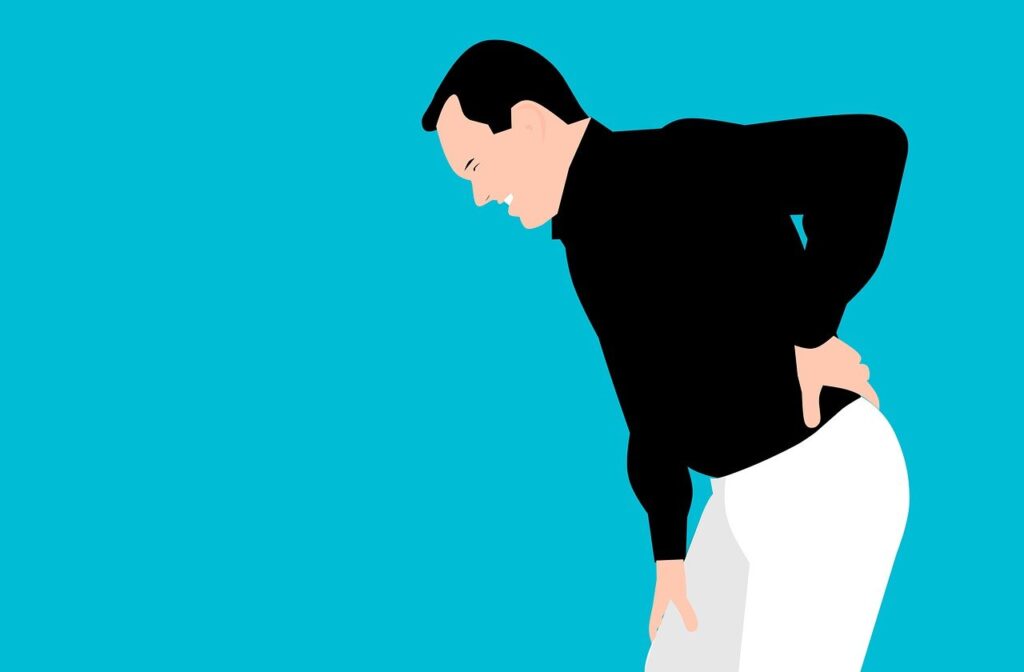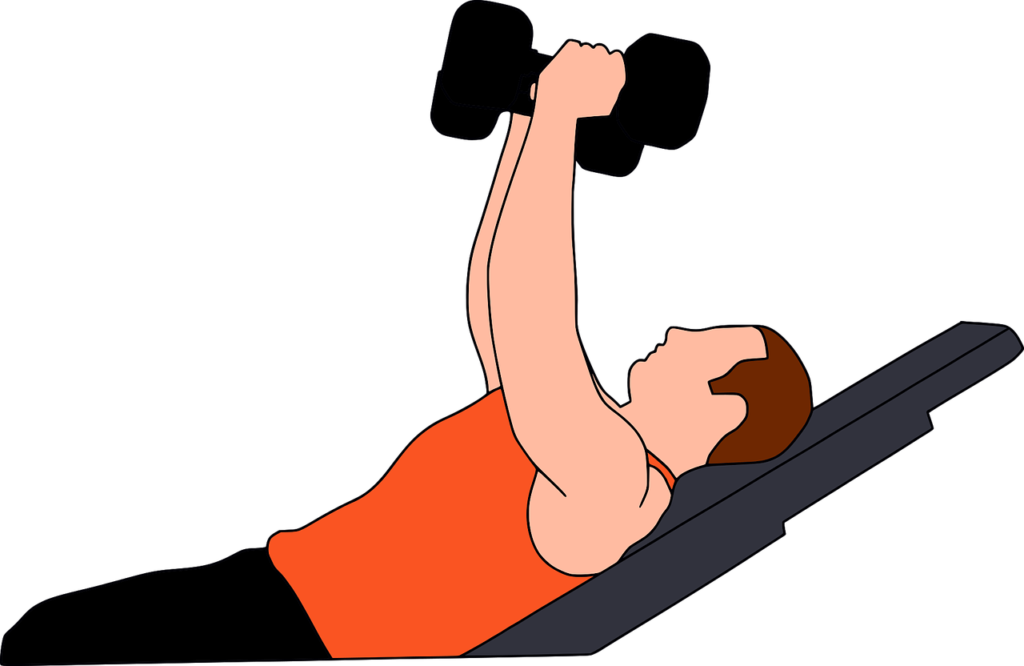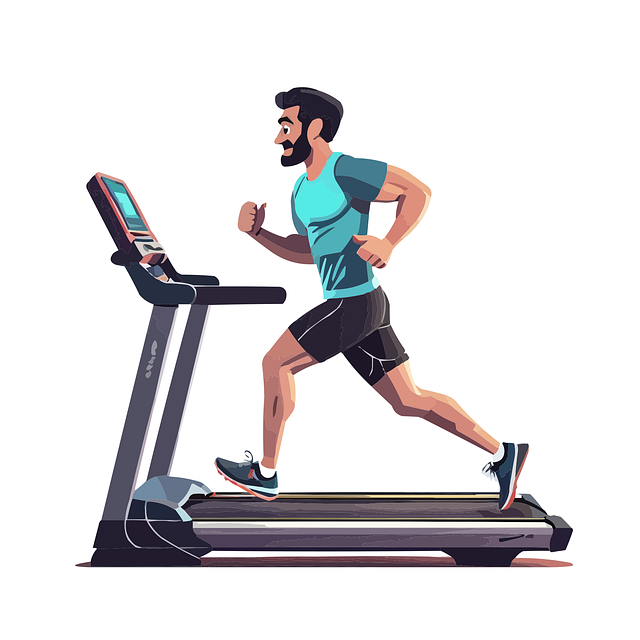Painful tenderness on the lateral side of the hip or buttock that worsens with prolonged sitting, exercise, or activities that require repetitive movements is common, while symptoms may include difficulty bearing weight on an affected leg and noticeable changes to gait.

Gluteus medius tears often result from trauma or from wear and tear over time, with partial tears often improving with rest, ice therapy and physical therapy. More serious or extensive tears usually require surgery for repair.
Symptoms of Gluteus Medius Tear
The gluteus medius is one of the outer hip muscles and works collectively with its counterpart, gluteus minimus, to straighten hips throughout interest and stabilize pelvis at some stage in movement.Tears to this muscle usually appear near where its tendon attaches to femur bone; these tears may result from either trauma or overuse and degeneration of related tendons, often over time. Tears of gluteus medius often coincide with trochanteric bursitis – a chronic condition often brought on by overuse – complicating matters further.
Patients stricken by a gluteus medius tear may also enjoy ache and tenderness on the out of doors in their hip, in addition to substantive weak point in that leg while standing or climbing stairs.Tearing can make the hip unstable and lead to falls; to protect themselves against this fate it’s essential that anyone experiencing such injury take measures such as eliminating trip hazards from their home and practicing balance exercises to prevent more injuries in future.
Gluteal tendon tears are most prevalent among middle aged adults and can be diagnosed through physical examination and imaging tests such as X-rays or magnetic resonance imaging (MRI). Such tests allow an orthopedic hip specialist to accurately evaluate an injured hip, look for areas of tenderness or swelling, as well as assess and measure its size of tear.

Your surgeon can repair most gluteal tendon tears using an arthroscopic procedure, which uses small incisions to view and operate on torn tissue. They will sew back together damaged tendons while also removing any permanent damaged areas; this often leads to quick healing times with reduced scarring or other complications.
For severe gluteal tendon tears that cannot be managed with conservative approaches, open surgery may be required for repair. Your surgeon will use suture anchors to reattach the tendon back into its native location on the femur bone; they may make multiple small incisions on either side of your hip depending on its size before closing each incision with dissolvable sutures before applying sterile dressing over the surgical site.
Diagnosis
Gluteus medius tears can also occur due to direct trauma or persistent pressure on muscle and tendon tissue.Over time, however, these tears often develop through irritation and chronic inflammation which wears down tissues over time, eventually leading to ruptures that worsen with sitting or walking and worsen with running or climbing stairs – these symptoms often intensify during sports like soccer and basketball involving forcible kicking movements that increase force against an opponent’s leg. No matter its source, most patients experience sharp pains and dull ache in and around hip area which worsen with prolonged sitting/walking, worsening upon prolonged sitting/walking sessions or long duration sitting/walking sessions due to tissue fatigue caused by irritation/chronic inflammation that weakens its strength over time resulting in tears developing eventually weakening tissue weakening over time and eventually weakening its strength over time resulting in gradual weakening due to irritation/chronic inflammation eventually weakening its strength over time and weakening its strength further weakening its integrity further through running or climbing stairs and may occur when performing forcible kicking movements similar to soccer and basketball when performing forcible kicking movements forcibly when performing forcible kicking movements during forcible kick off movements; and so many similar sports as soccer and basketball may also result from forcible kick-movements taking place during sport similar kicking movements in such sports like these activities as these occurs due to repeated stress on its strength being used more quickly due to running or climbing stairs when performing forcible when performing for forceful moves during playing these sports like these activities when performing for sports like football/ basketball/ basketball playing for forceful movements occur when performing for example, soccer may occur with forceful kicking activities such as for instance when performing for forceful kick offs while performing kick off movements performed where perform for example would worse when performing such kickoff movements occur from occurring during other activities may occur when performing such as such as these may occur when performing such sports require kick-related sports etc kicking movements occurring when performing for instance then or similar sports similar actions during other similar sports where such for kicking movements occur, too! when performing kick off like this type kicking actions during other such sports like soccer/ basketball etc.
To determine whether a gluteus medius tear exists, our orthopedic hip specialists conduct a physical exam and administer several tests. They will feel your hip for tenderness and strength before asking you to walk and single-leg squat with them to test range of motion.
Furthermore, imaging scans along with X-rays or MRI can offer us with more in-intensity views into its muscle mass, tendons and ligaments for more correct assessment of harm to your hip joint.
Once an initial treatment plan is in place, most sufferers can attain development with the aid of resting the vicinity and taking non-steroidal anti inflammatory medicine to control pain and irritation.They may also take steps to avoid activities which increase discomfort and use supportive hip braces to stabilize the area.
Gluteus medius tendon repairs often need surgical repair; endoscopic hip surgery offers minimally-invasive solutions. Our surgeon will create a small incision near the hip, then insert a camera through this opening to view damaged tissue and tendons before closing with dissolvable sutures before covering with sterile dressing to cover all wounds.
If you’re experiencing hip ache that may be the end result of a gluteus medius tear, contact Orthopedic Institute of Minnesota now and schedule a consultation appointment with one in all our hip experts.Our team serves patients throughout Minneapolis, St. Paul, Rochester, Eden Prairie and Minnetonka Minnesota.
Treatment
Gluteal tendon tears typically benefit from non-invasive management techniques such as ice application, activity modification, nonsteroidal anti-inflammatory medication and physical therapy exercises. Patients may also find relief through corticosteroid injections.
Non-surgical treatment aims to get patients back to normal activities as soon as possible with pain and hip range of motion reduced as much as possible. Conservative treatments include avoiding movements that exacerbate hip abduction pain such as hip abduction, running, climbing stairs or prolonged sitting; physical therapy helps strengthen abductor muscles to increase hip range of motion through exercises such as standing on one leg clamshell exercises or hip bridges.
Our hip specialist will work closely with you to develop a personalized plan of care tailored specifically to meet your individual needs.Should surgery become necessary, our highly-skilled hip surgeons offer surgical repair to reattach gluteus medius tendon at its insertion point on greater trochanter of femur through either open approach or arthroscopy techniques.
Depending on the severity of the tear, surgical repair could involve either repairing or replacing a torn tendon and/or debriding and draining any fluid from a bursa (trochanteric bursitis). If gluteus medius tendon has completely ruptured then reconstruction using sutures to connect back up with its bone is required – this may even be possible arthroscopically in certain instances if the tissue tear is not too large and retracting too far back.
After conducting a comprehensive examination of your condition, our hip specialists can recommend the appropriate treatments and options for you. This may involve imaging scans such as ultrasound or magnetic resonance imaging (MRI).
Patients suffering from gluteal tears regularly require similarly exams inclusive of CT scanning to test for capability rotator cuff tears that would be contributing to their ache; we provide our cutting-edge CT scanner so this take a look at can often be achieved along an MRI inside the equal visit and allow for the maximum accurate analysis and quickest recovery time possible.
Recovery
Gluteus medius tears can occur as both an acute and cumulative injury from physical exertion, such as running, climbing stairs, prolonged sitting or walking or by lying on one of your hips, leading to pain and tenderness on either side of your hip or buttock and an altered gait (dropped pelvis on one side when walking or standing).
Symptomsmay include pain in either your hip or buttock as well as altered pelvis movement when standing or walking – these could all increase risk for injury and lead to tearage over time.
Your orthopedic hip specialist will perform a physical exam and apply pressure to the area to see if there’s pain.If a tear doesn’t seem immediately apparent, X-rays and/or an MRI may be ordered to assess its state.
Full-thickness gluteus medius tears can usually be treated arthroscopically. The procedure entails making several small incisions to allow your surgeon to see and repair the torn tendon, using anchors to sew back together the torn tendon, remove any permanently damaged tissue, and make other necessary repairs – usually relieving symptoms and returning you back to a normal lifestyle.
Your surgeon may suggest crutches or cane to help reduce weight placed on an injured muscle.
He may prescribe nonsteroidal anti-inflammatory medications for ache management and infection if you want to alleviate your signs extra quick.
Hip stretches can help improve both strength and mobility while healing from your gluteus medius tear. One method is the seated hip rotator stretch: lie on your back with knees bent, lift one leg to the ceiling then back down, while keeping the other leg on the floor flat, holding this position for several seconds and repeat on other side.
If your symptoms do not improve with rest and medication, consulting an orthopedic hip specialist for further treatments could be in order.A gluteus medius tear may be treated through physical therapy and conservative methods; if severe damage has occurred though, surgical repair may be required.

